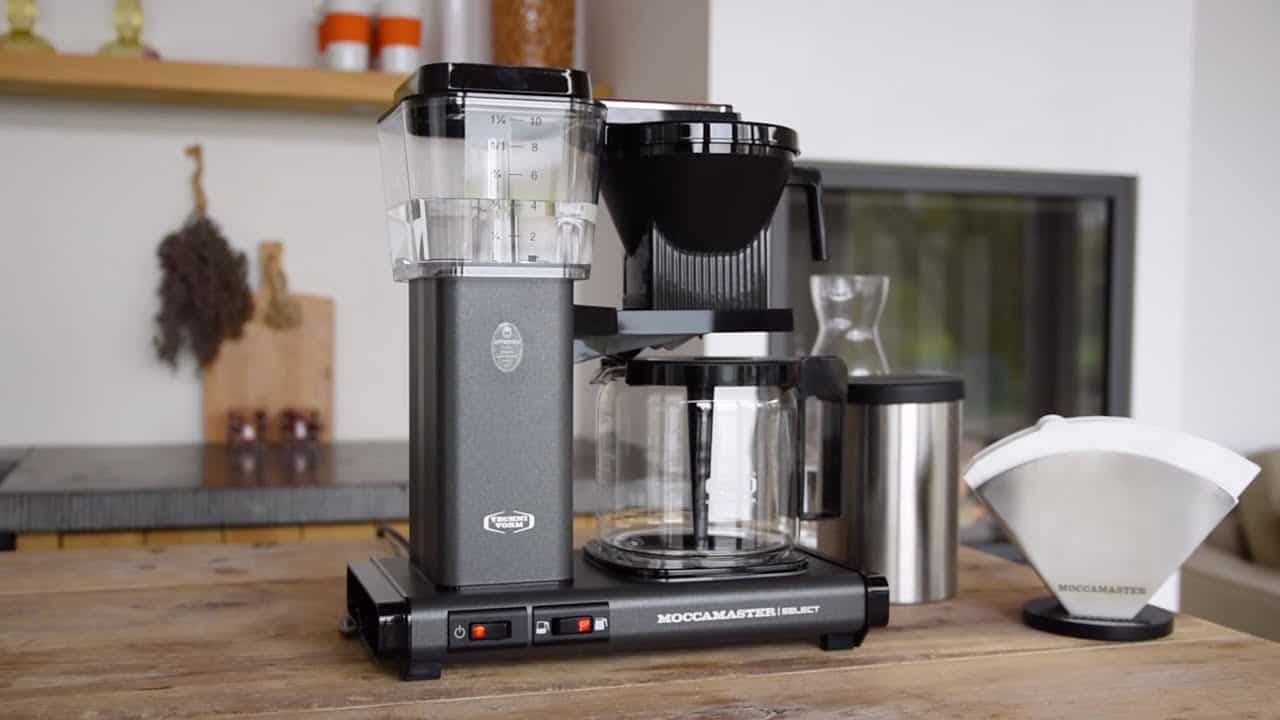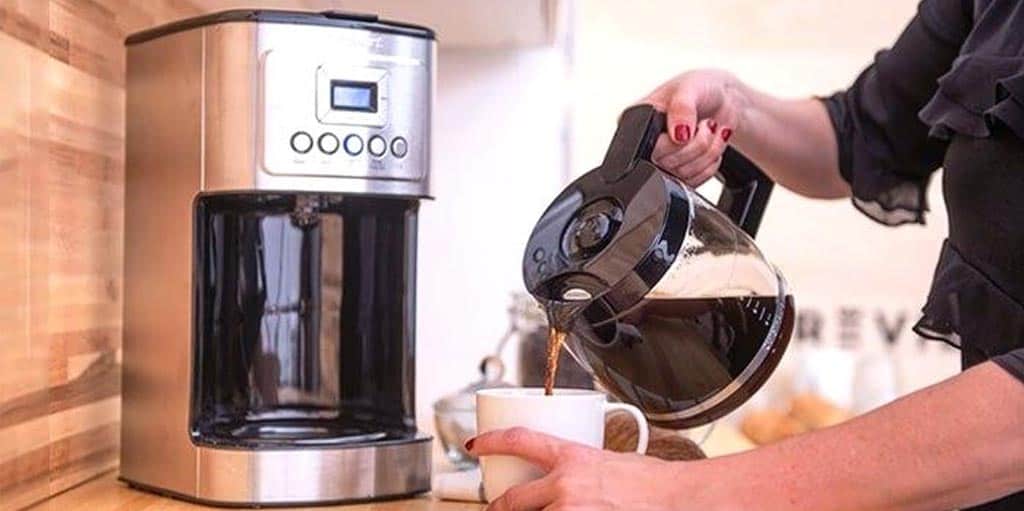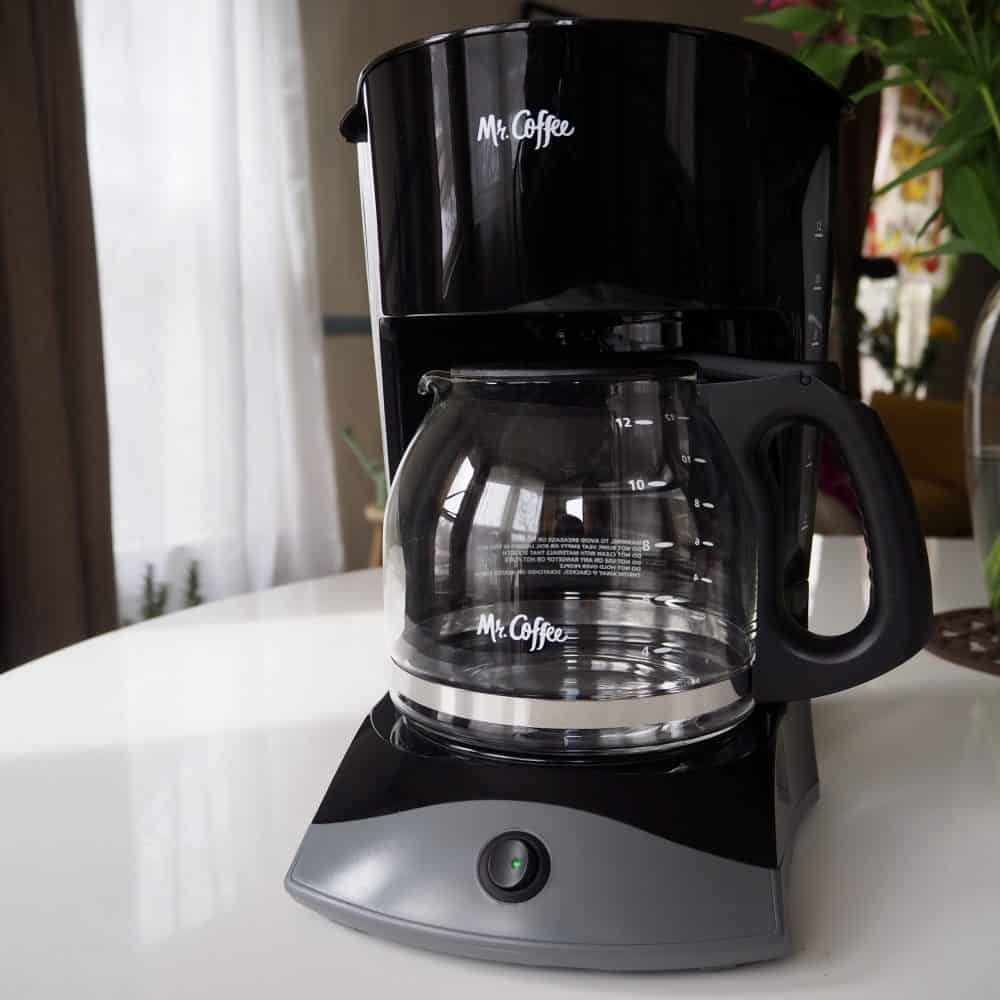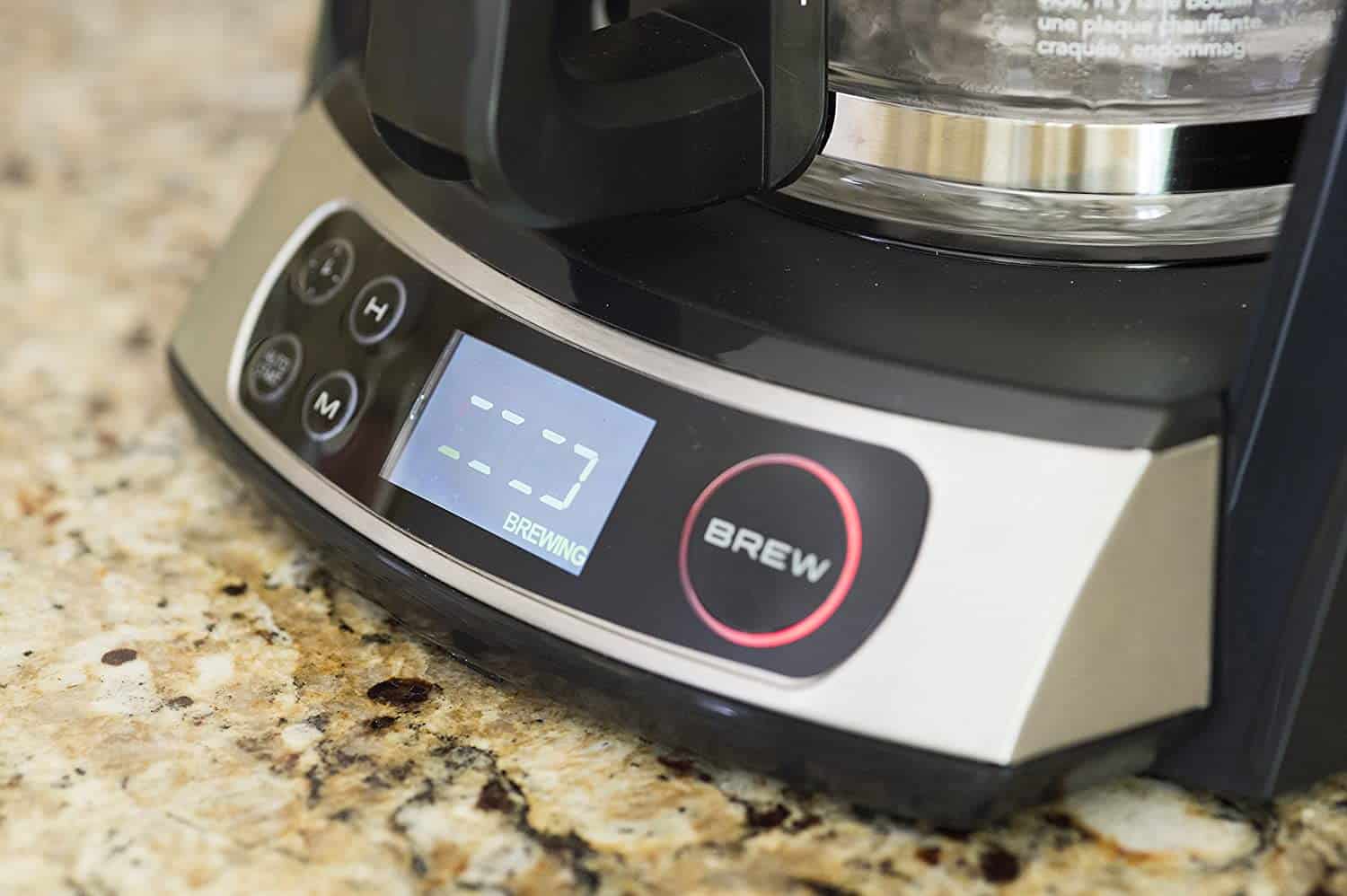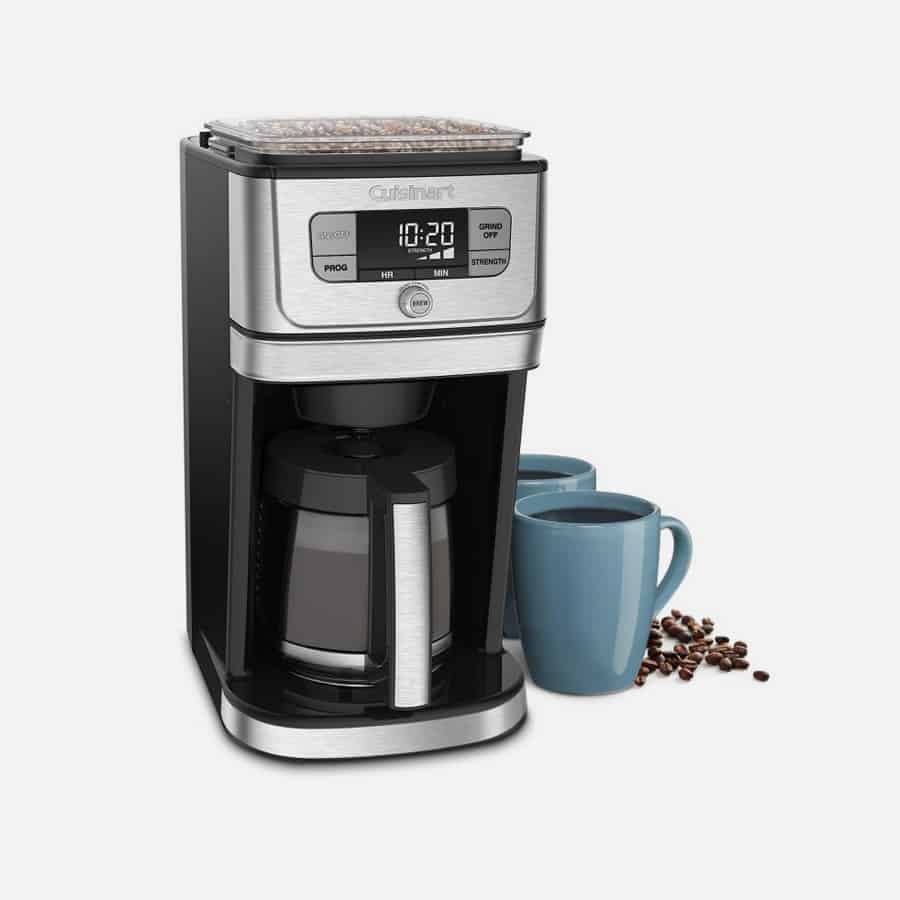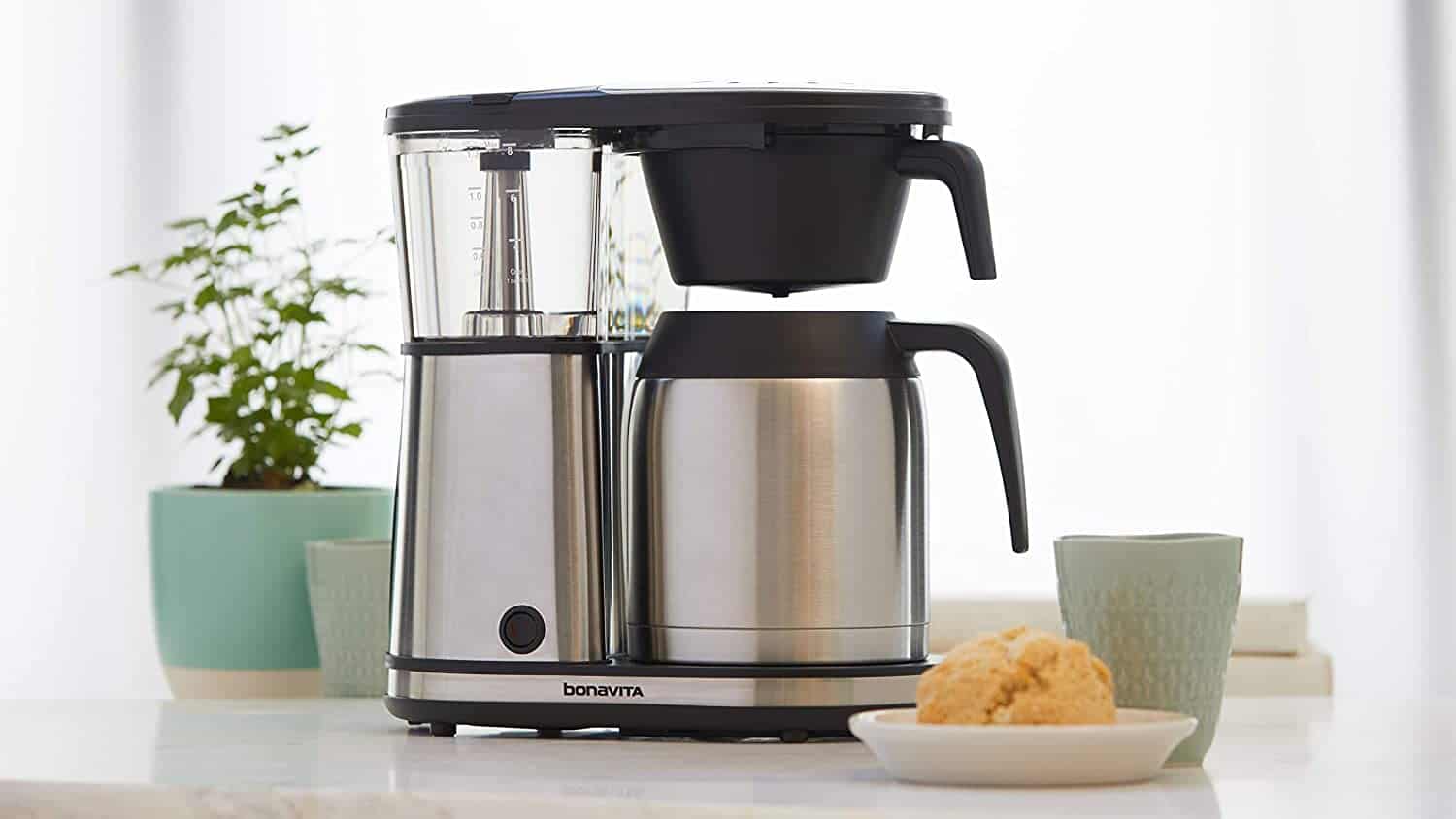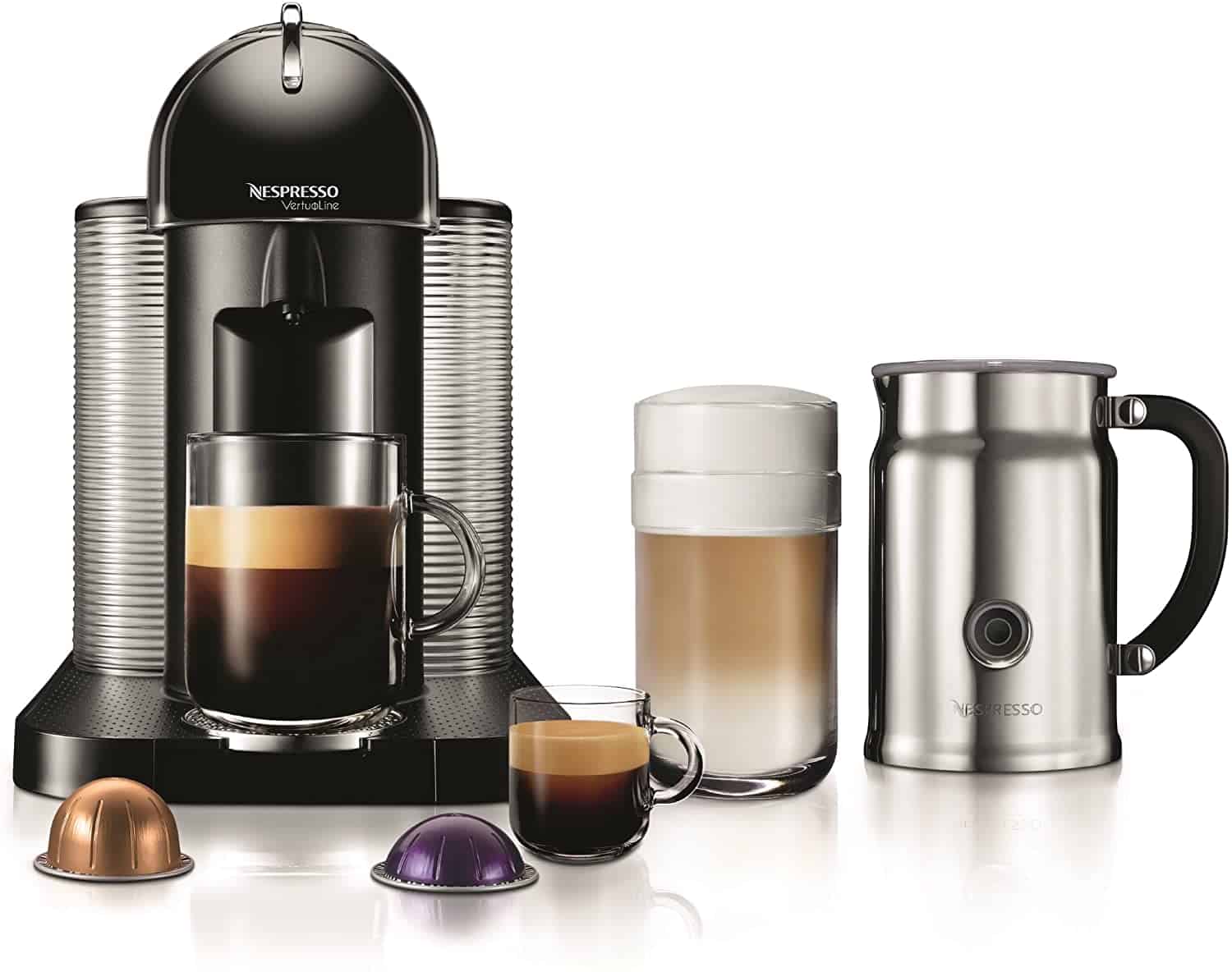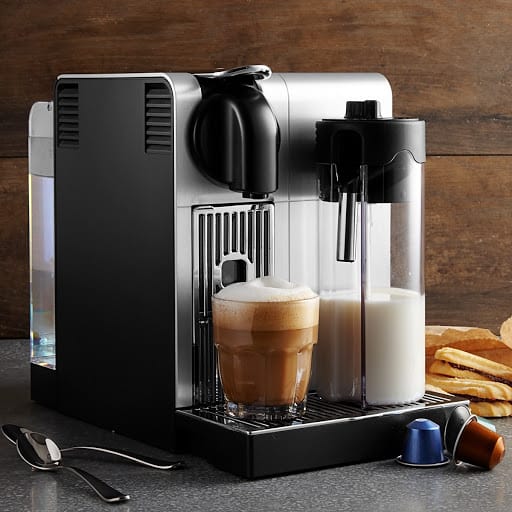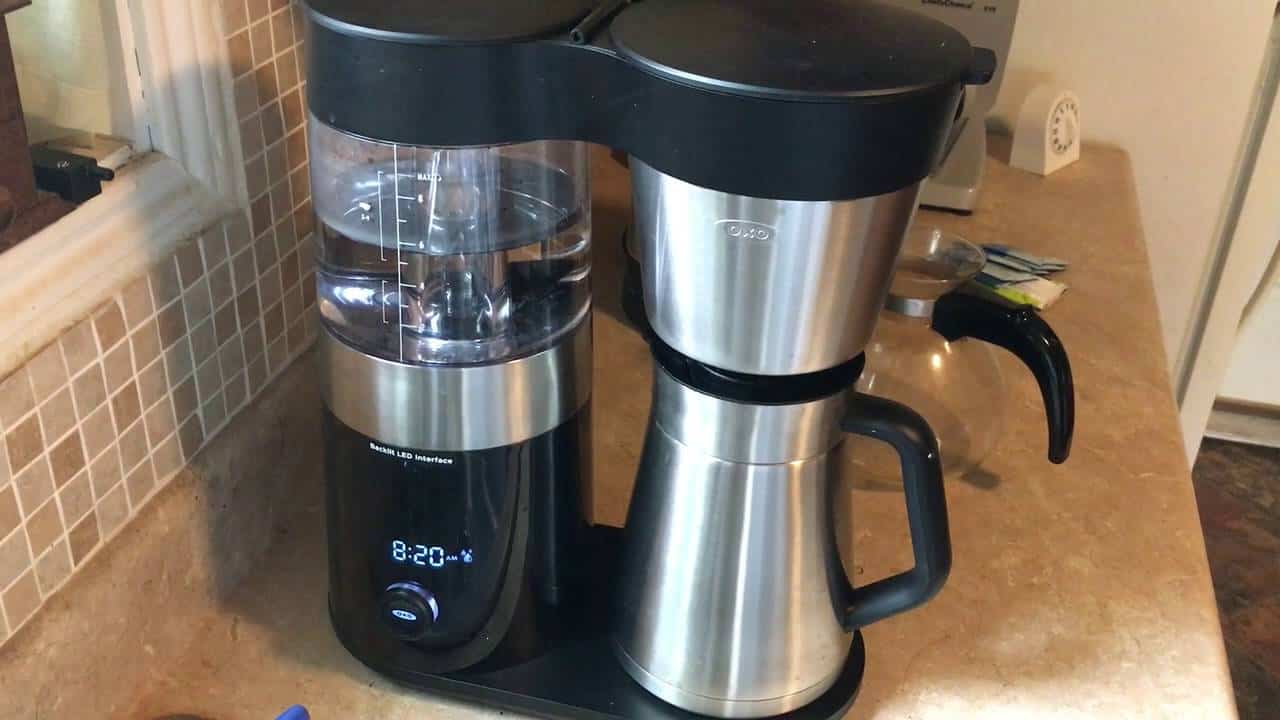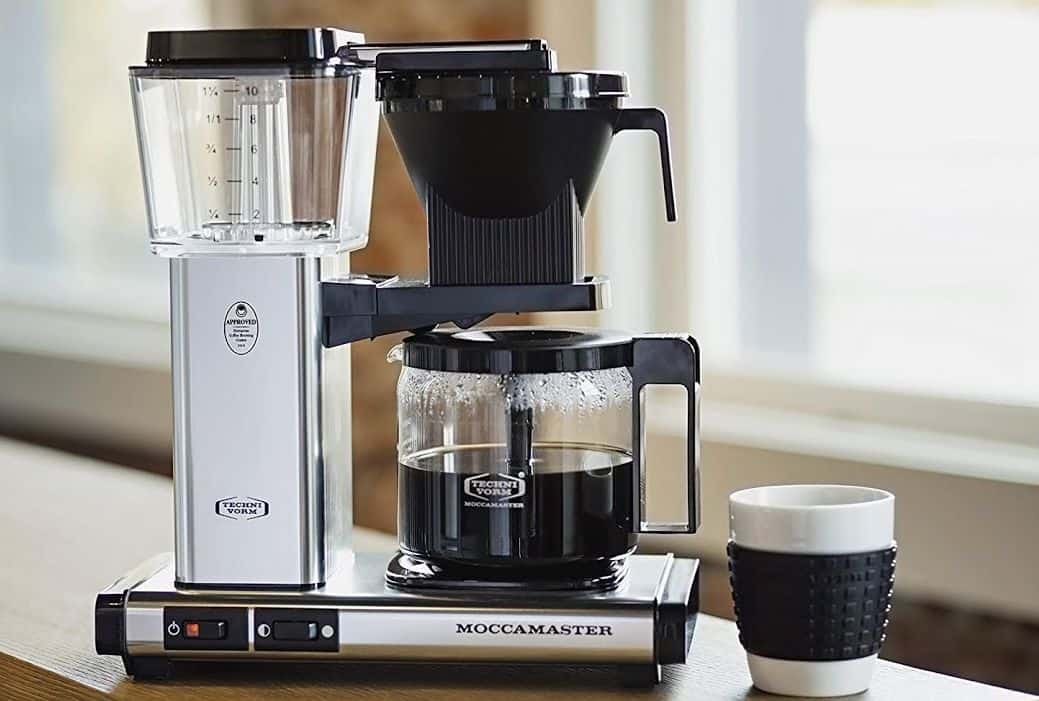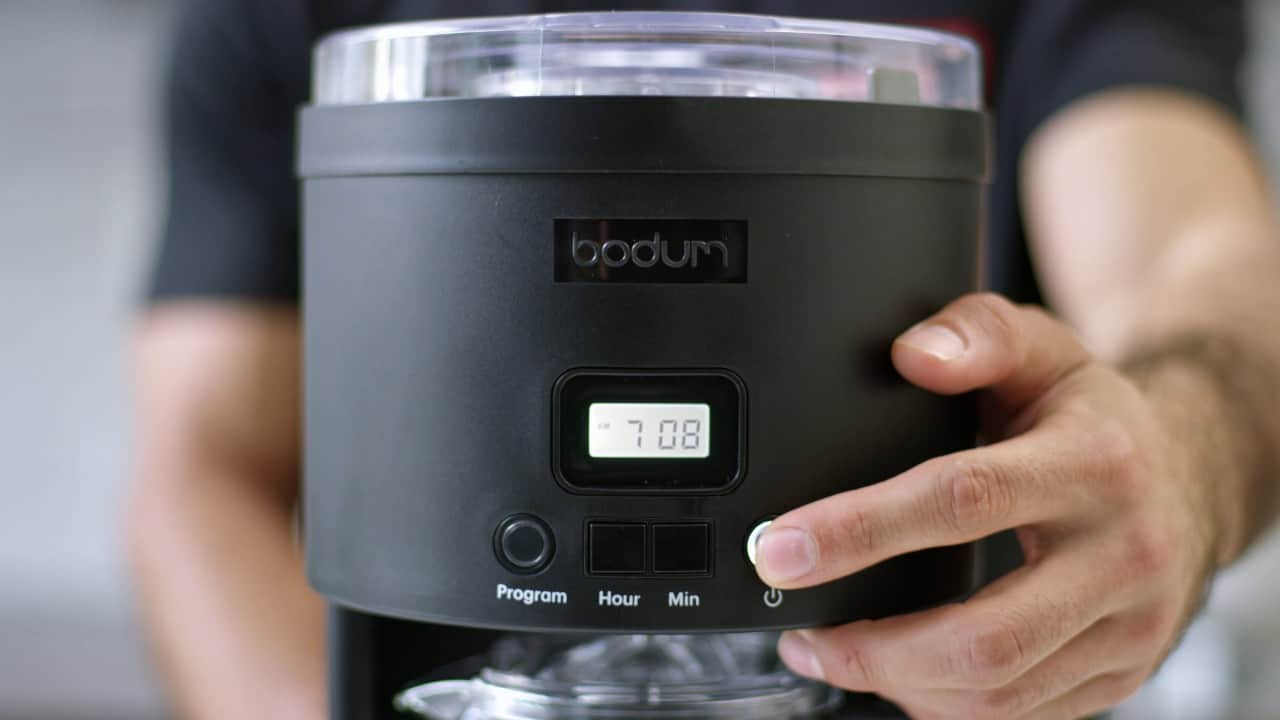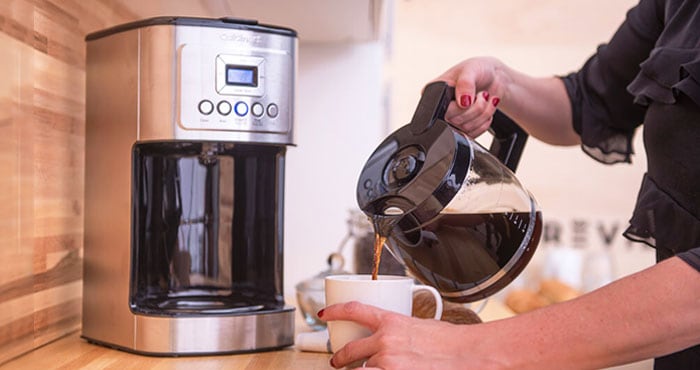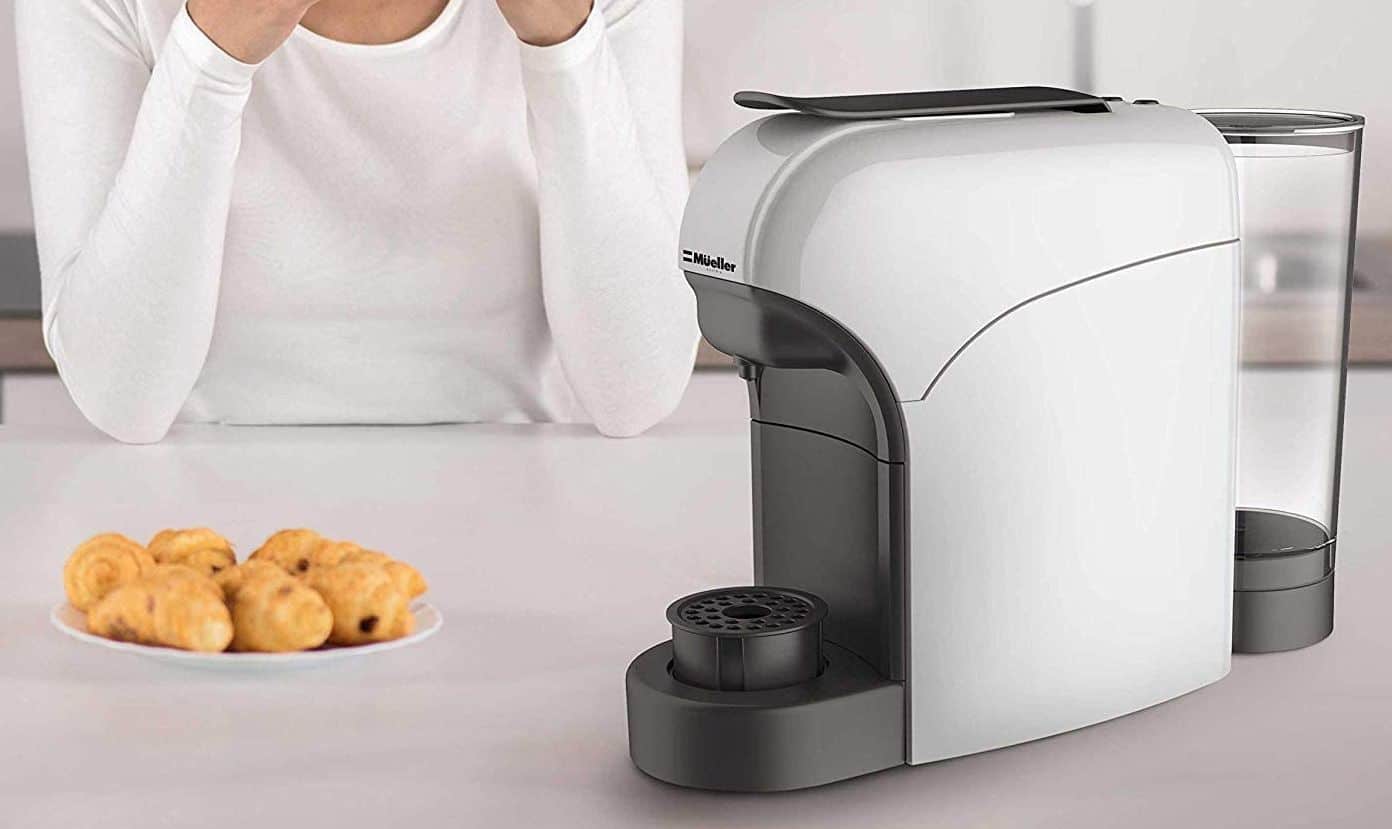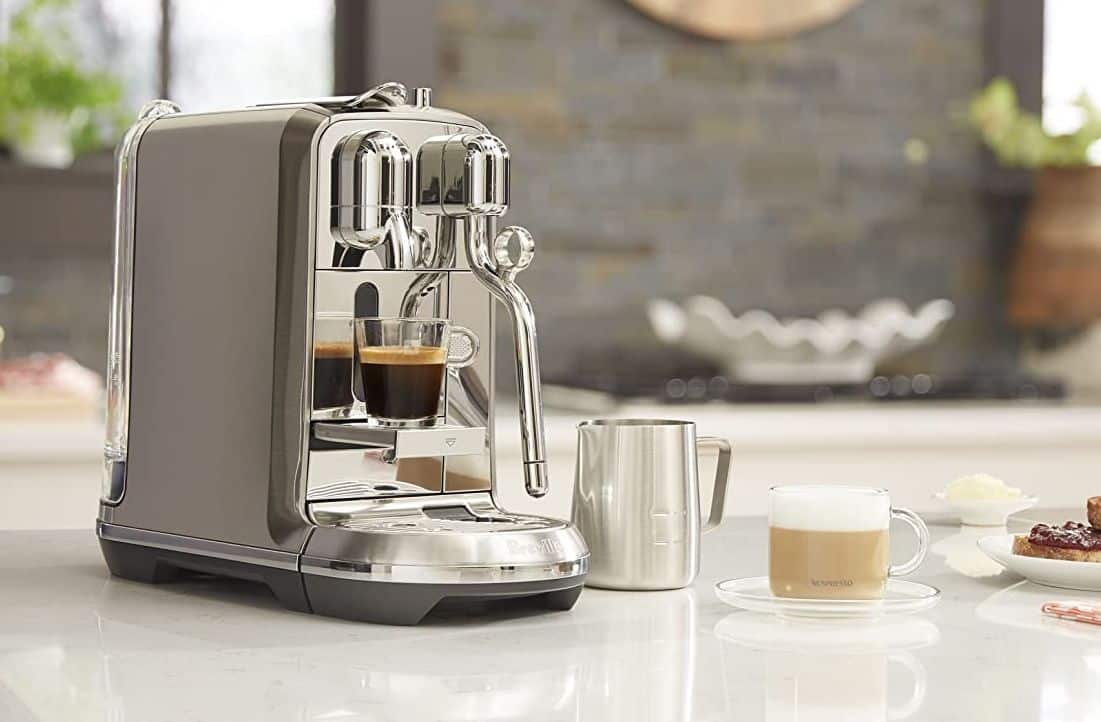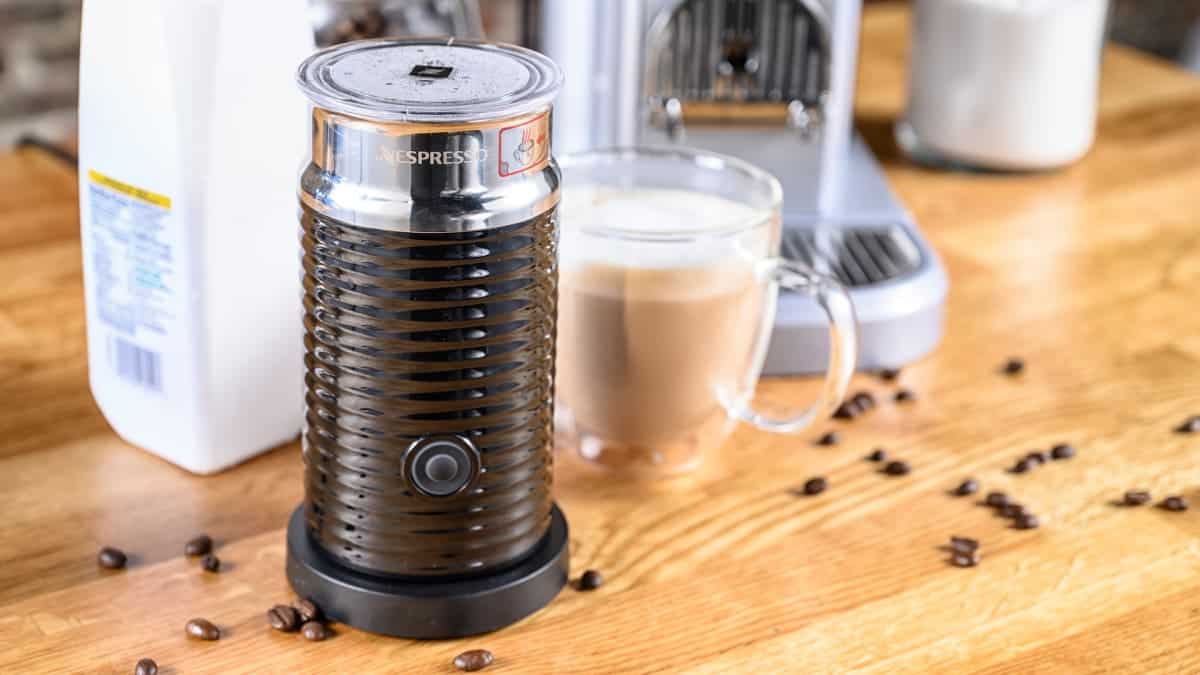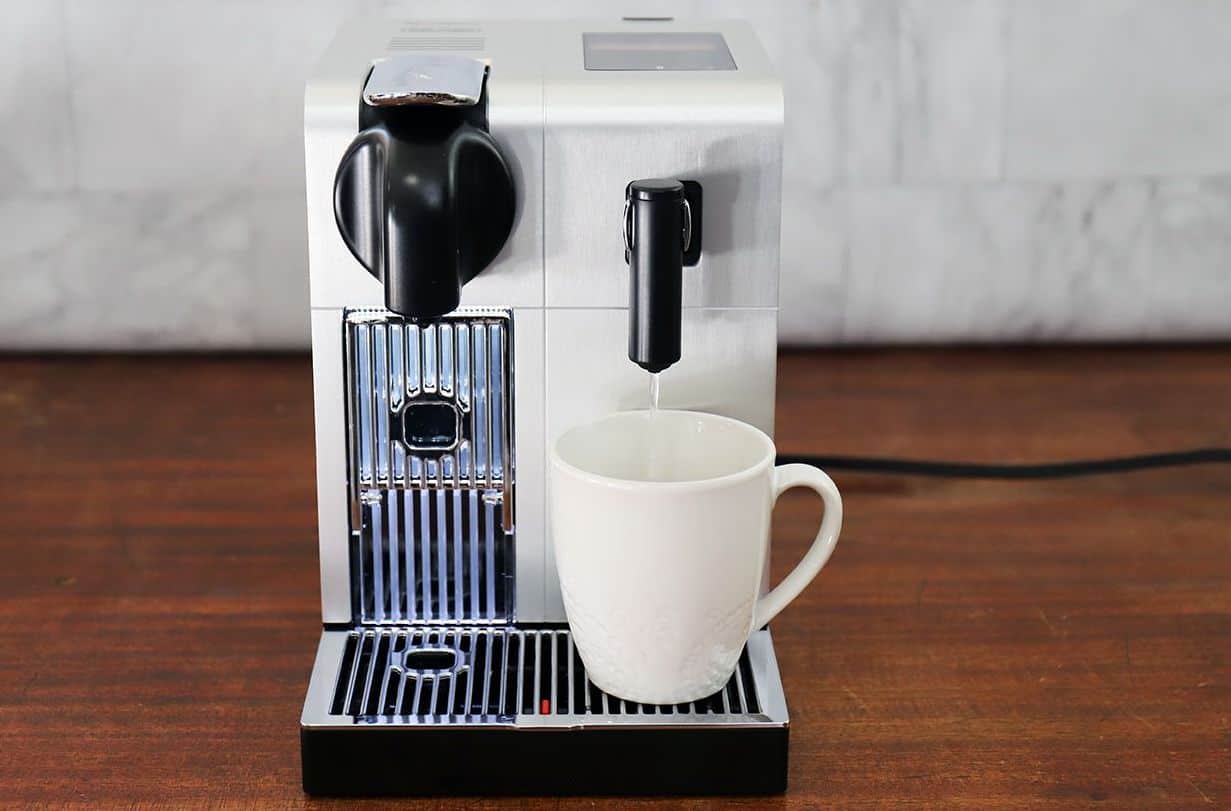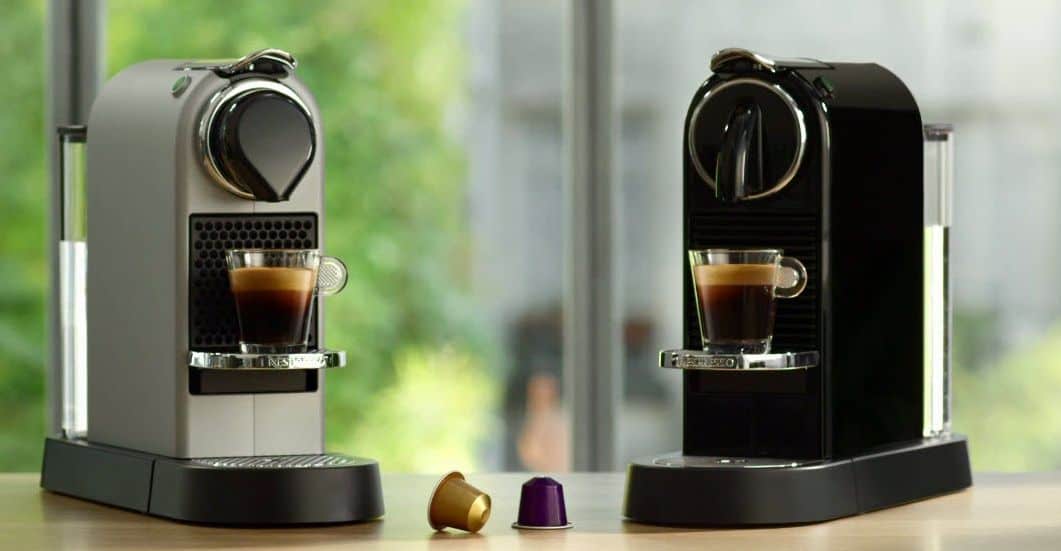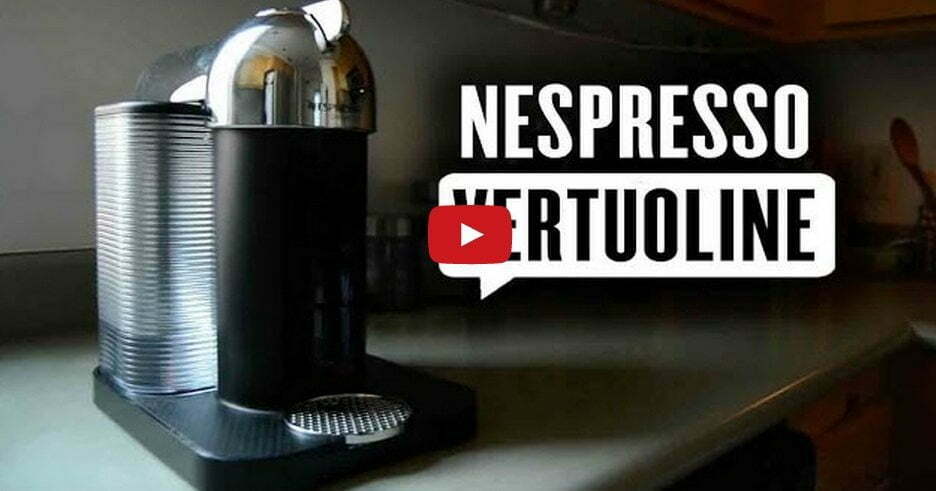Even if you have a top-tier coffee maker, you may run into occasional hardware issues. One of the most frustrating issues for many coffee fans is a coffee maker leak. While we’re meant to fill the water reservoir, we don’t expect it to go outside the tubing or the coffee carafe. Unfortunately, most users with a leaky coffee maker report water leakage from the bottom of the device. Even though this seems like a severe coffee maker issue, we can help you figure out why coffee makers leak.
KEY TAKEAWAYS:
- The top culprit of a leaking coffee machine is a lime buildup in the lines and water tank.
- If you have an older coffee maker, the plastic lines or water tank might be brittle and crack, letting water leak around the unit.
- A broken or clogged pump valve is the most severe culprit behind a leaking coffee maker and will require repair.
Why Do Coffee Makers Leak?
If you go to make a cup of coffee, but instead you get a water leak, that’s a rough morning. Luckily, the excess water surrounding your drip coffee maker can only come from a few places in the machine. For one, if you haven’t cleaned your coffee maker in a while, you likely have mineral deposits blocking the water system. The next most likely cause is a broken water line in the brewing cycle. Finally, on older devices, plastic parts will become brittle and break.
Insider Tip
If you notice water below your coffee machine, start simple when finding a solution. First, fill the coffee pot with water and see if the leak emanates from there.
So if you want more details and possible solutions to your leaking pot of coffee, read on. That said, some issues might be signs of why your machine stops making hot coffee.
Clogged Water System
Any coffee fan will tell you, lime buildup will stop your favorite dark roast brew in its tracks. Calcium and lime deposits will stop the normal water flow and cause leaking. You can spot the issue by looking for white residue on the drip tray, in the coffee pot, or in your water reservoir.
Run a de-liming cycle with a descaling solution to clear the clogs. FollowThen, follow it with a cleaning cycle with only hot water. If you notice flies on your machine, read our guide on why fruit flies gather around coffee makers.
Broken Valve Pump
The valve pump is a necessary part of getting hot water to your coffee grounds. If you notice sputtering or lower coffee volumes, you should descale the machine or replace the pump.
Faulty Water Hose
If your water hose is cracked or clogged, you will not get water to the brew basket. If you notice that the hose is your issue, purchase replacement hoses from a local repair shop or your coffee machine manufacturer.
Warning
Do not use your coffee maker if you notice leakage and immediately unplug it. You can get shocked if the water leaks into the electrical system.
F.A.Q.S
How to descale a coffee maker with vinegar?
You can clean your coffee maker by starting a brew cycle with white vinegar, but it isn’t advised on some models. The vinegar can lead to the degradation of rubber seals which will lead to tube connector leaks.
How to diagnose the leakage?
Investigate each part one at a time and begin with the most straightforward repair. For example, start by checking for cracks in the coffee pot and water tank. Next, descale the machine, and then see if there is internal damage.
My BrewStation has started to dispense coffee more slowly than usual. How can I fix this?
More than likely, your coffee machine needs a deep clean to clear away old ground coffee and lime deposits. First, wash the outside of the device with soapy water and deep clean the lines with a descaling solution.
My BrewStation has started to dispense coffee more slowly than usual. How can I fix this?
Investigate each part one at a time and begin with the most straightforward repair. For example, start by checking for cracks in the coffee pot and water tank. Next, descale the machine, and then see if there is internal damage.
STAT: According to the USDA, from 1900 to 2000, coffee availability was lowest in 1994. (source)
REFERENCES:















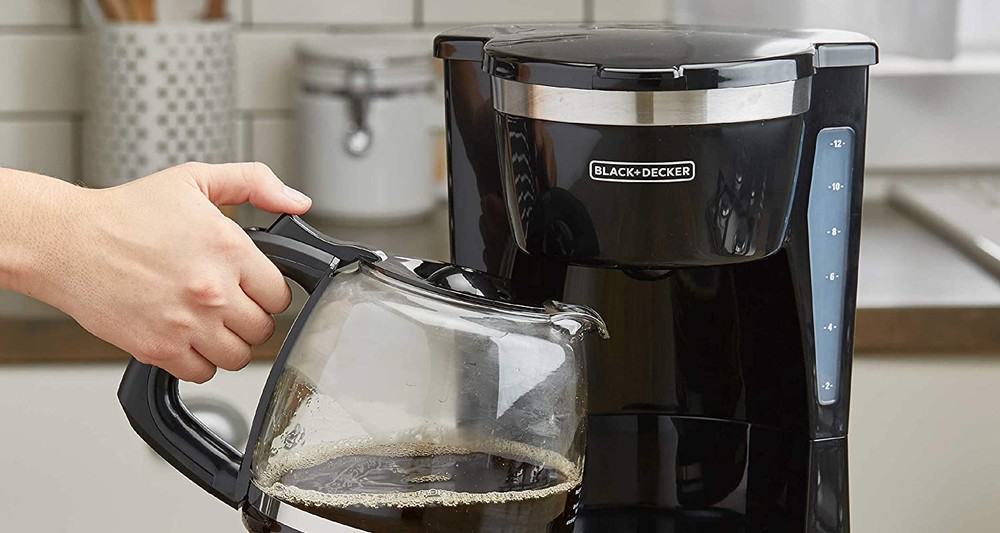
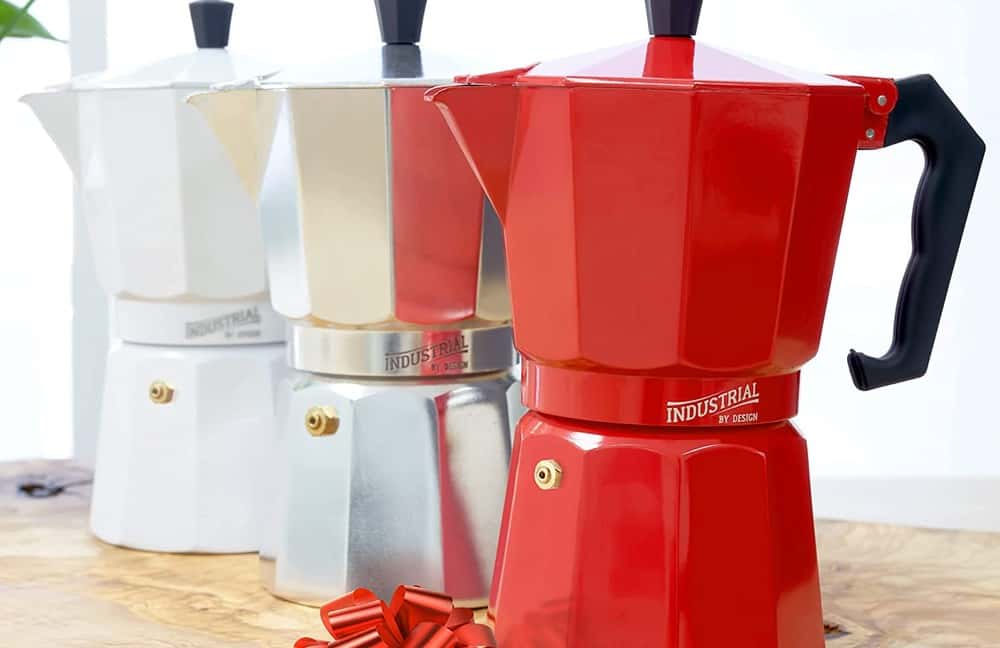
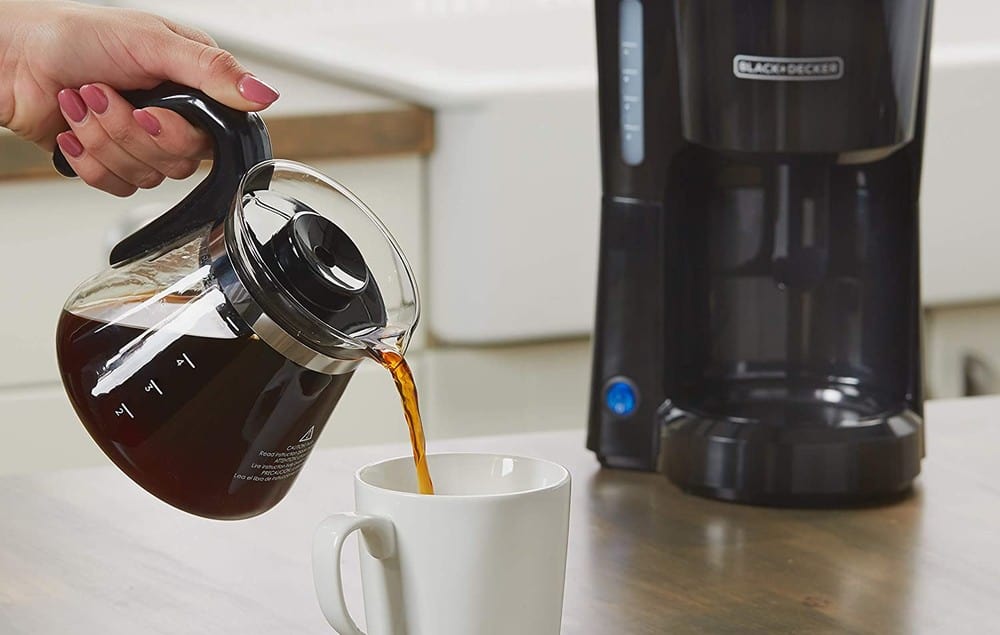
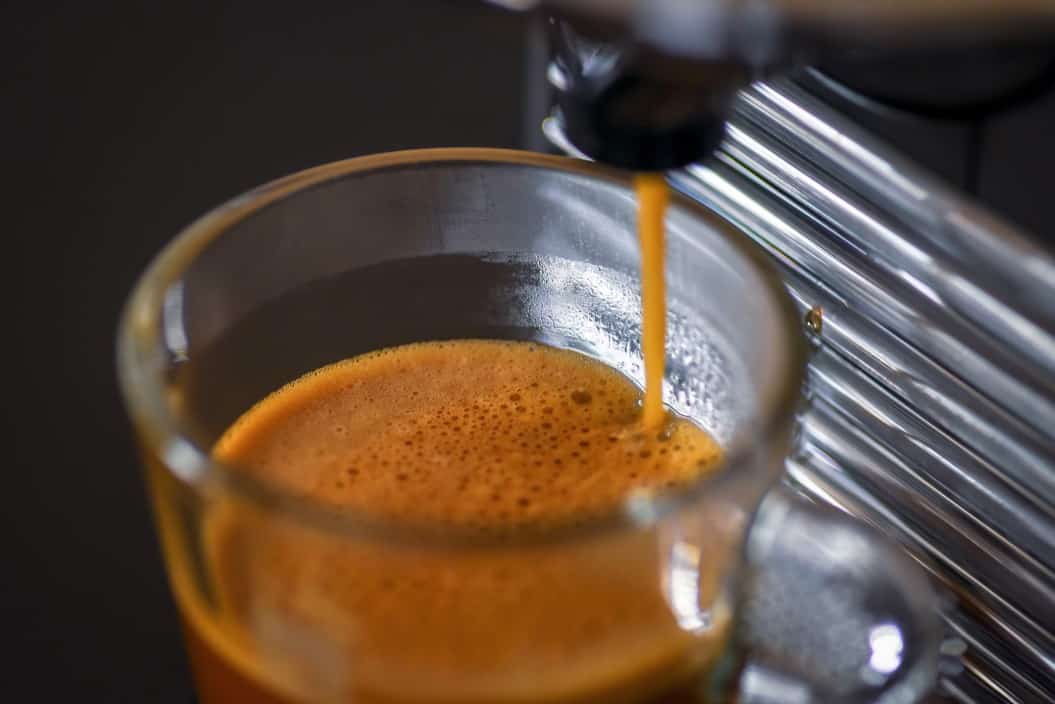

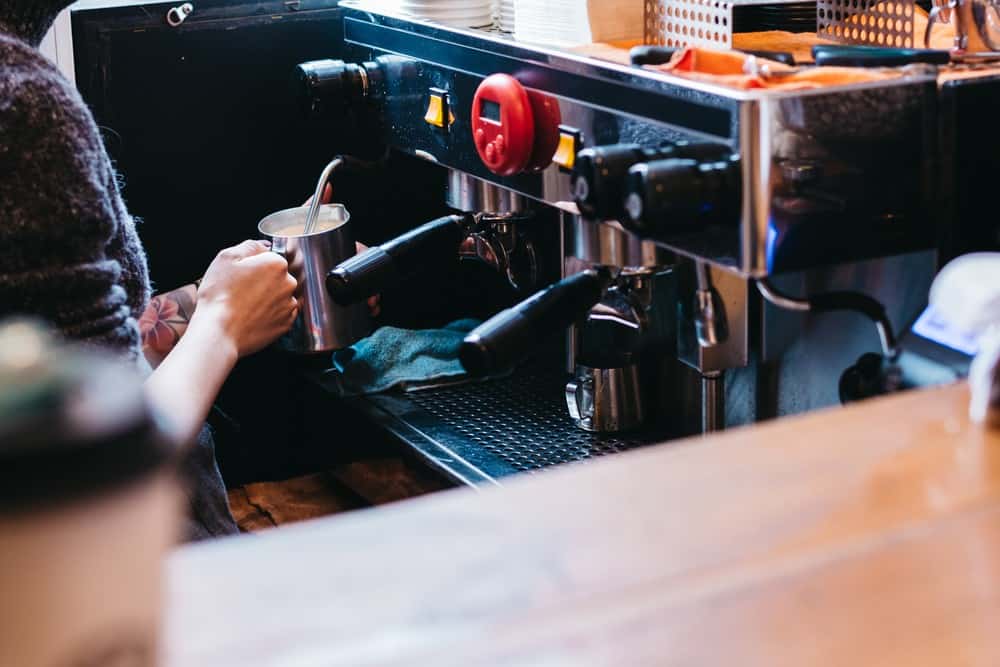

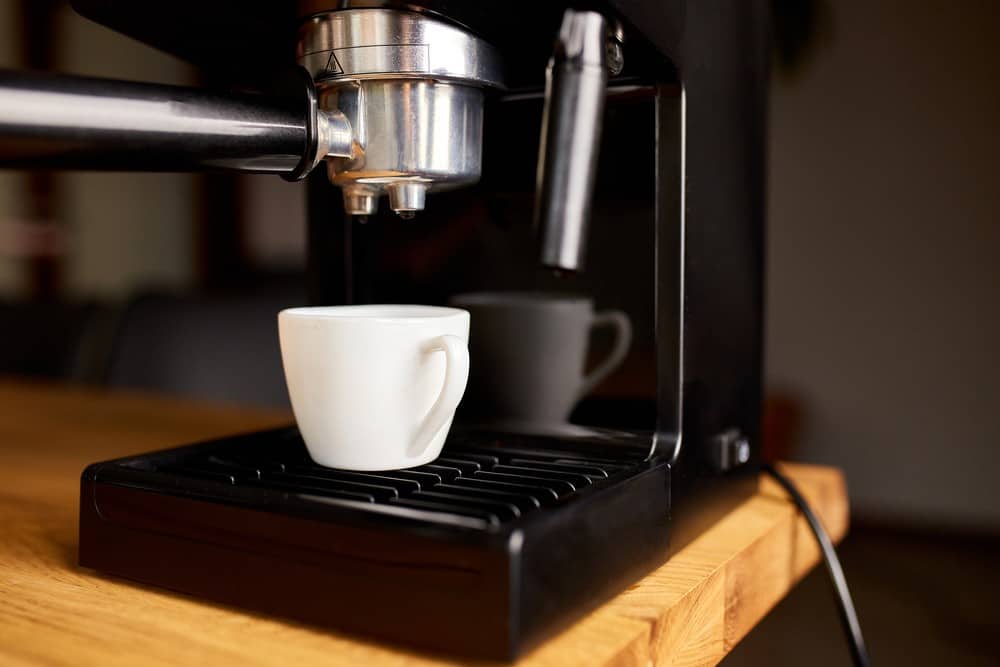
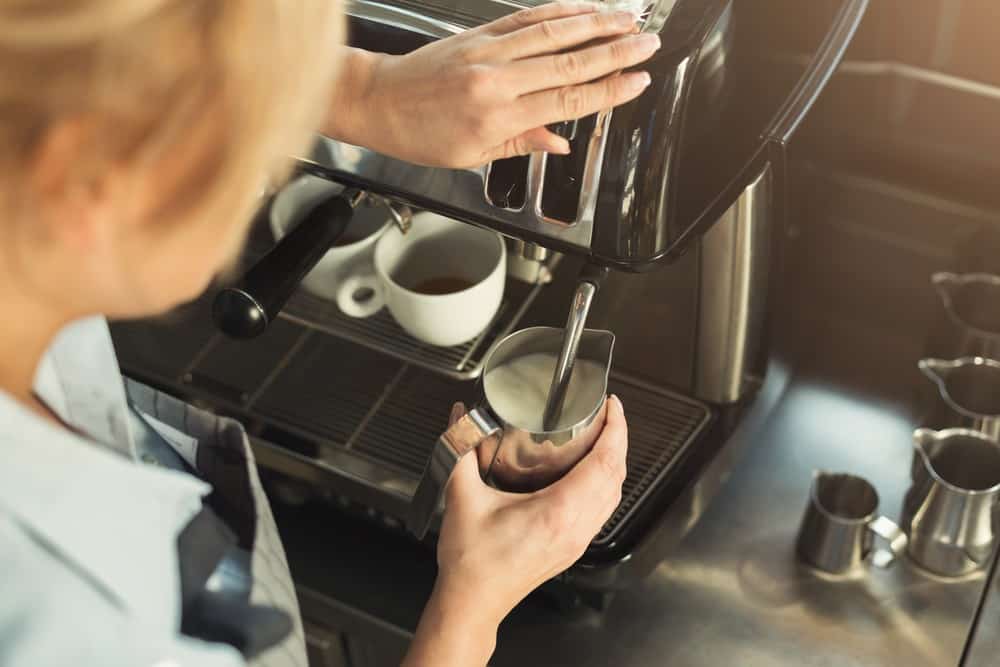
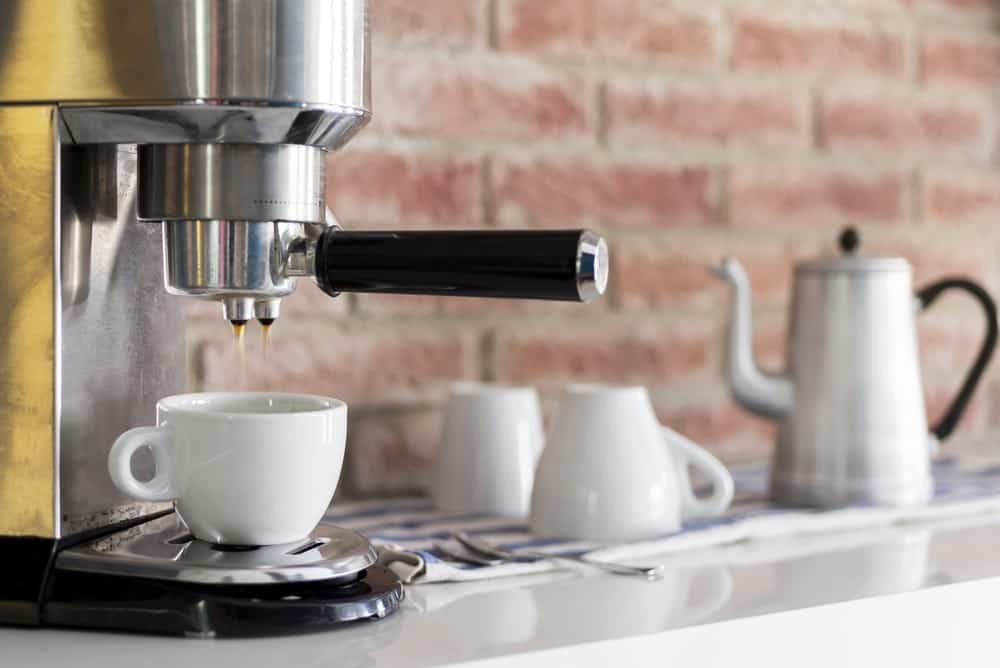
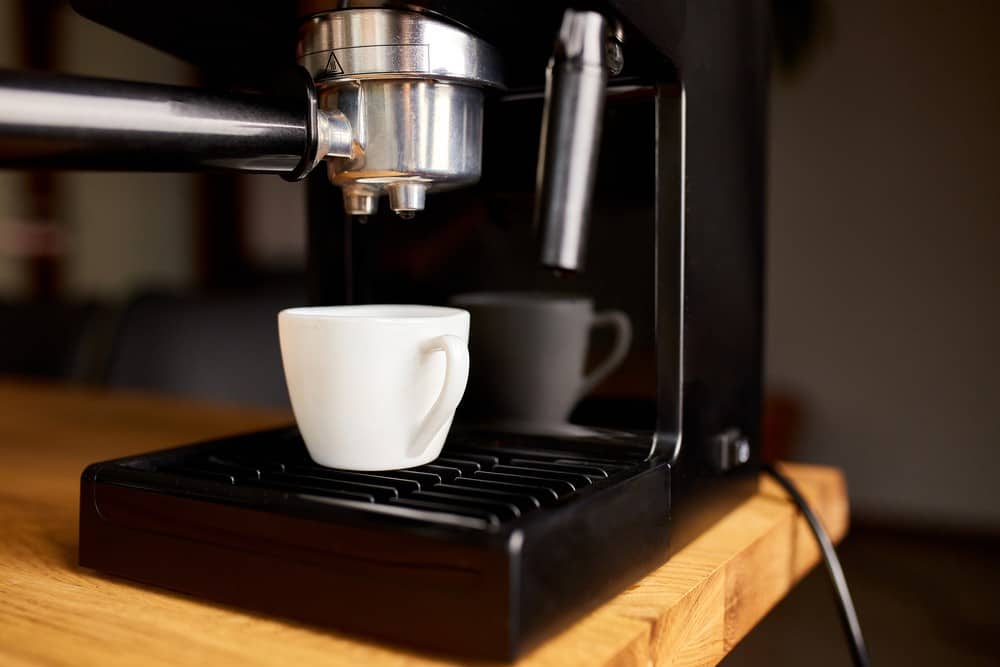
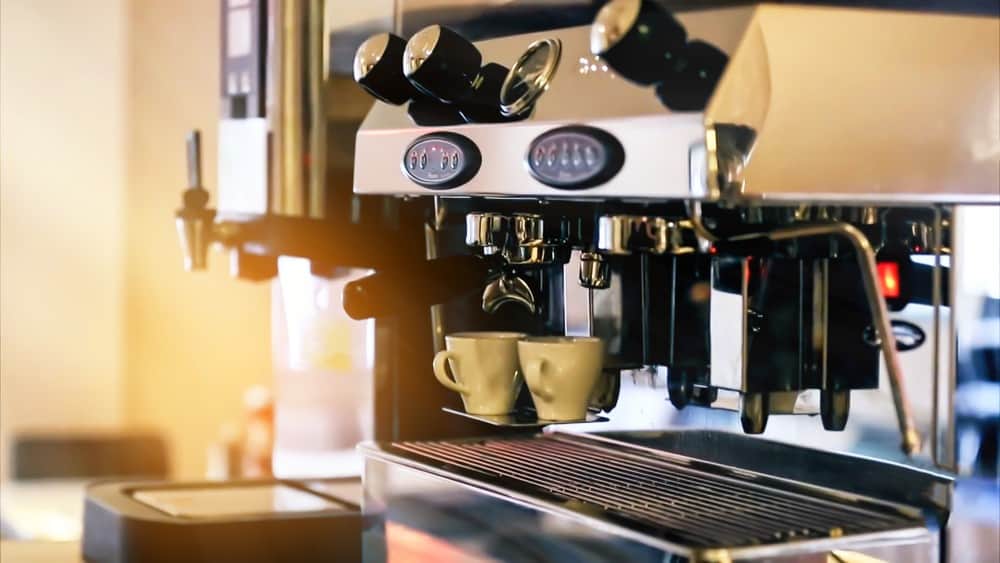

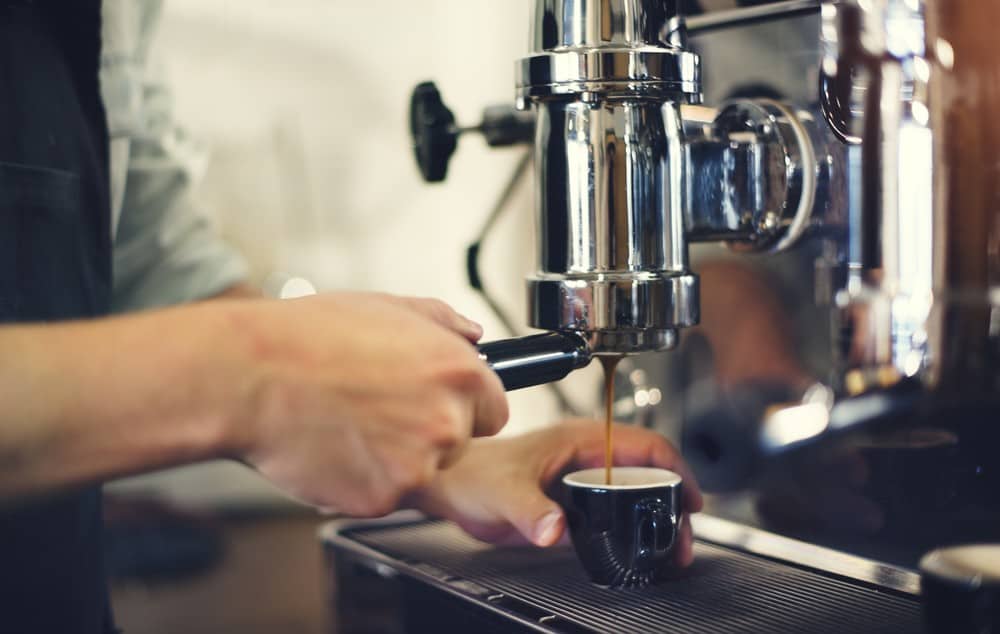
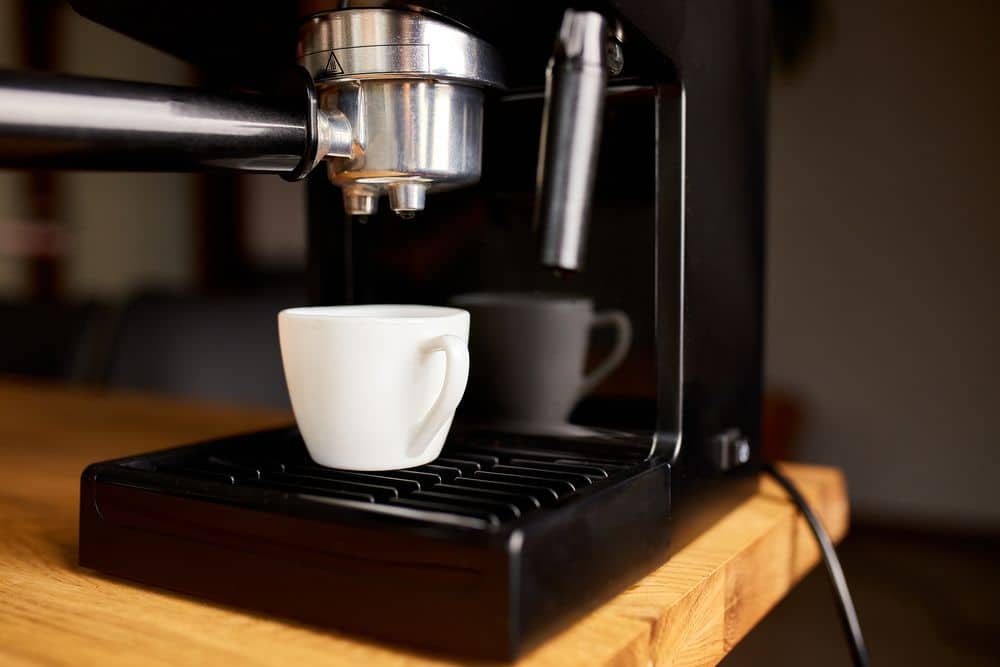
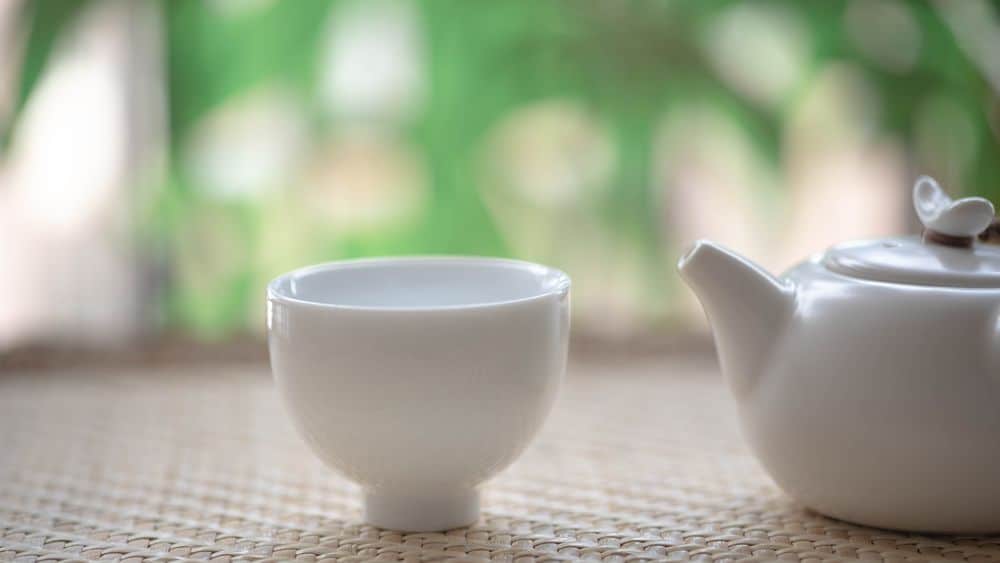
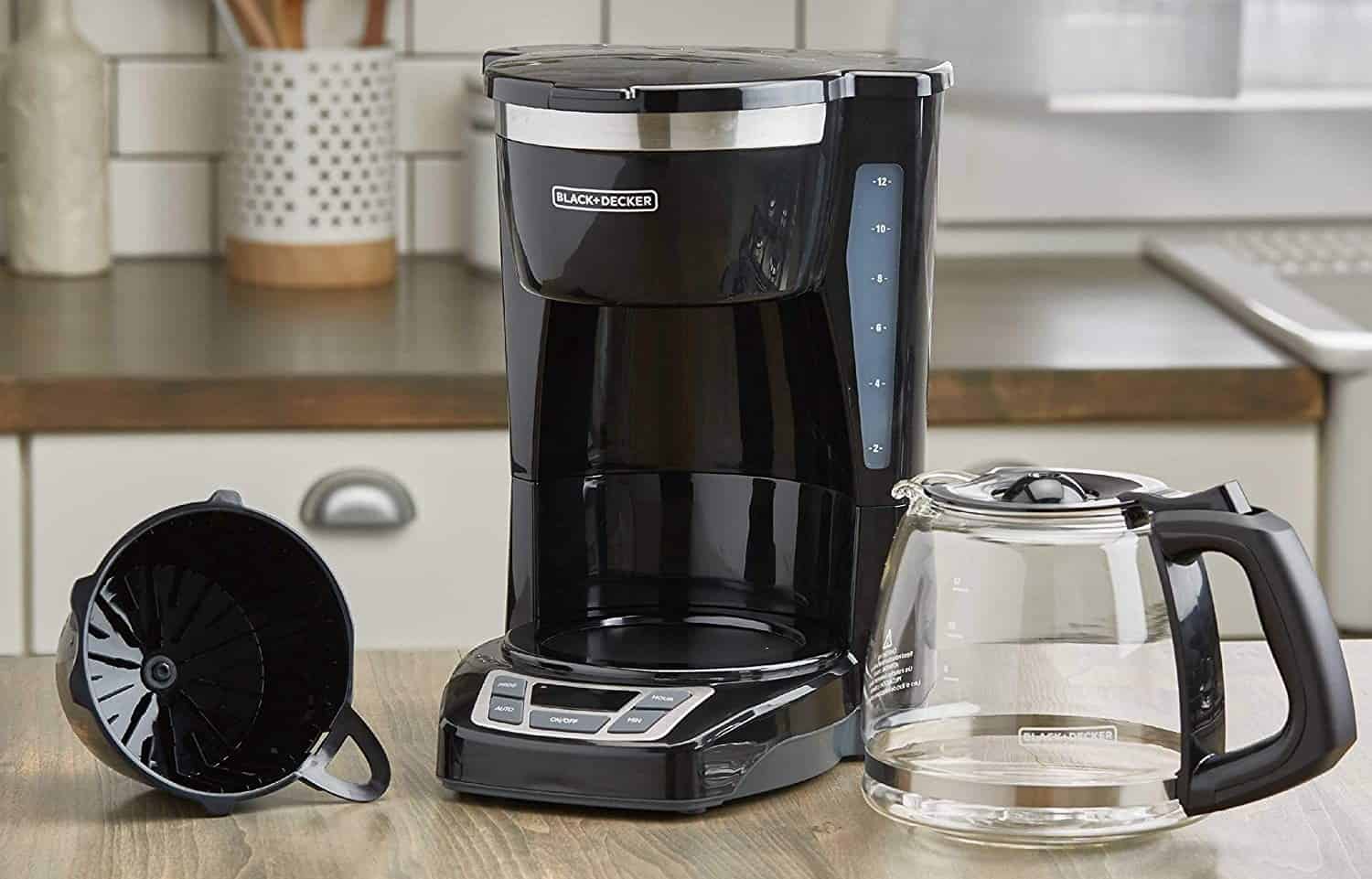
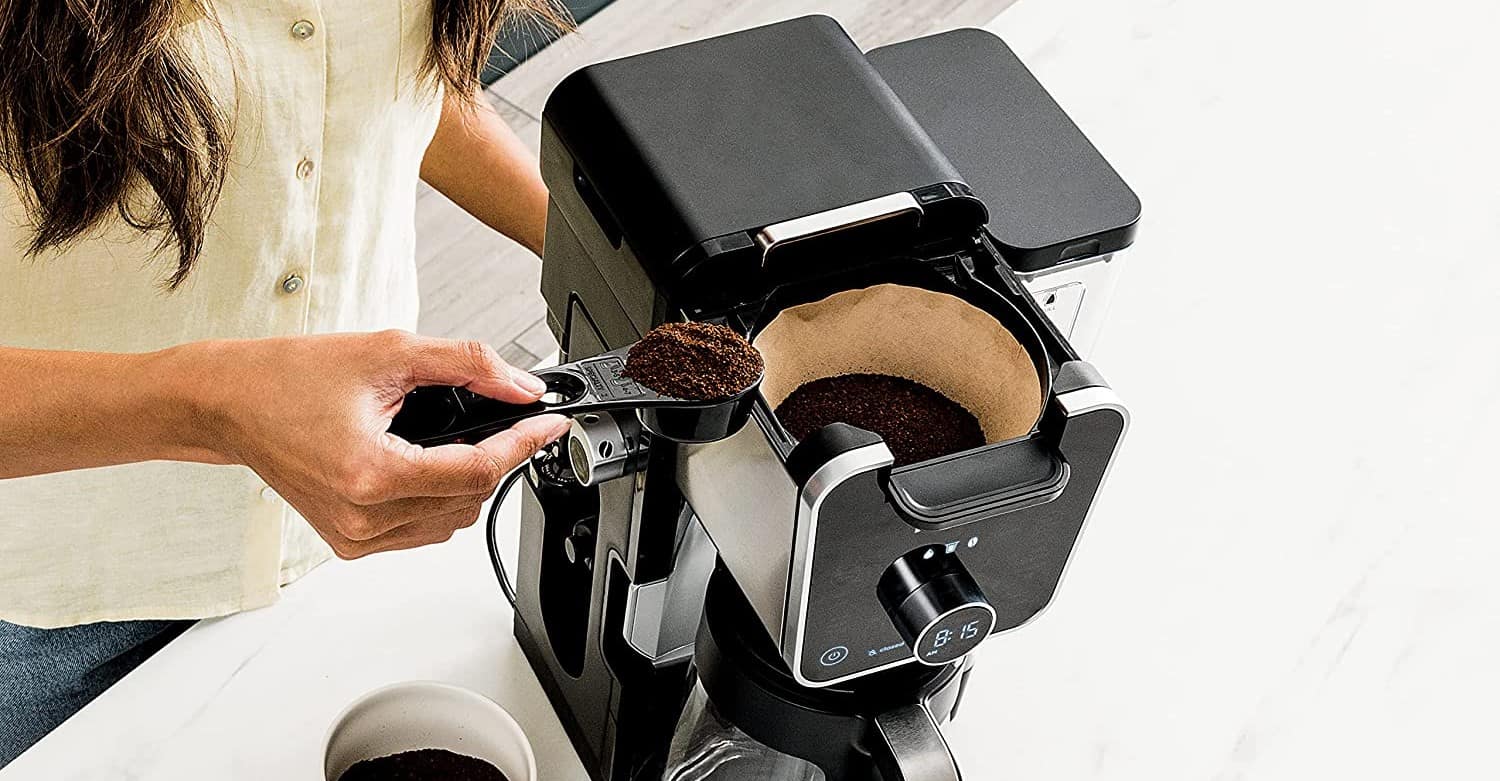
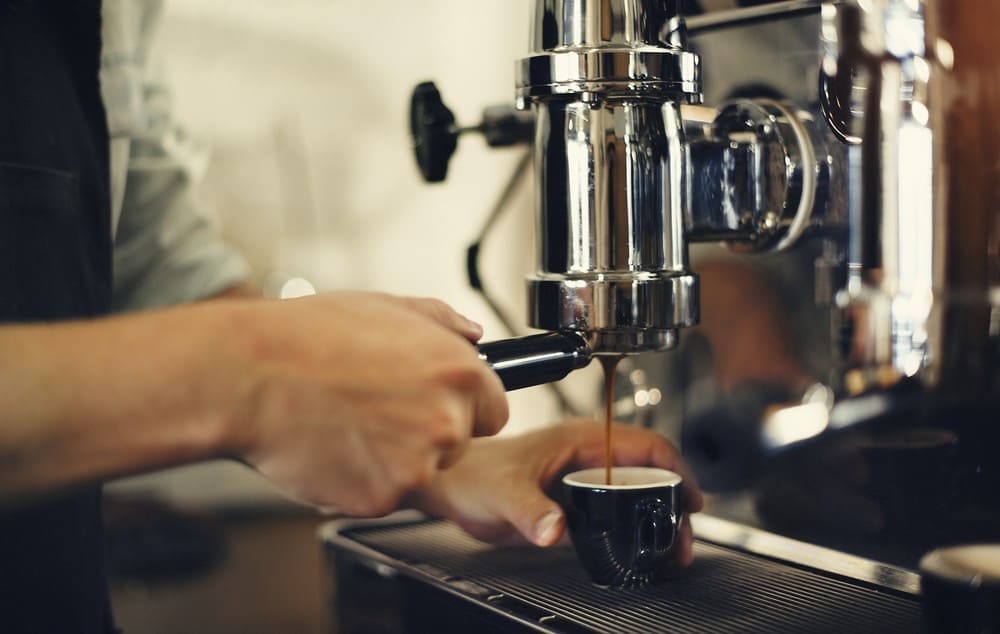
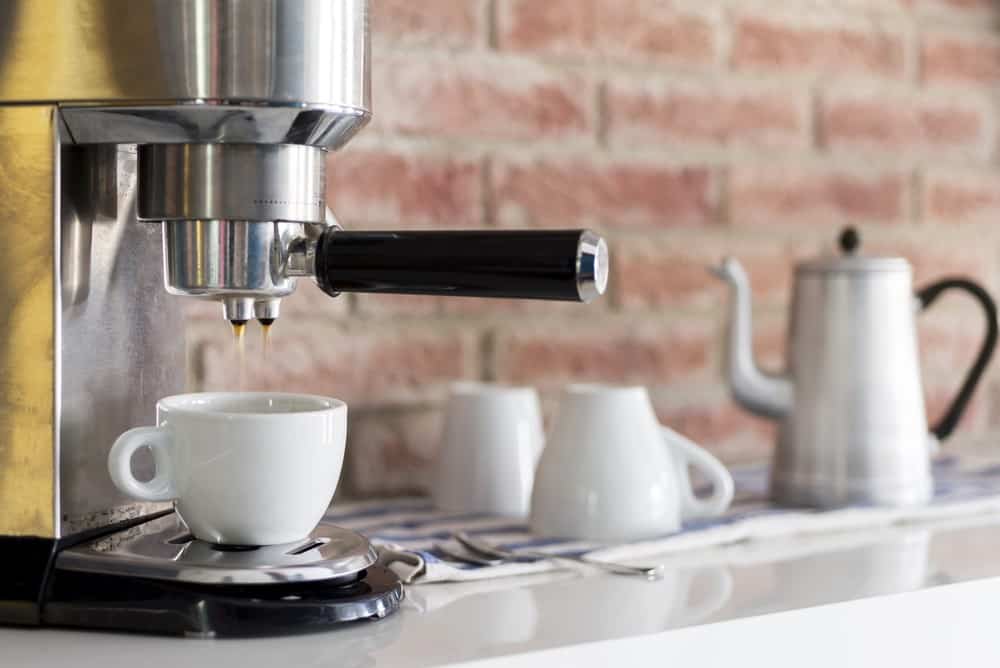
![Best Keurig Alternatives in [year] 27 Best Keurig Alternatives in 2025](https://www.gadgetreview.dev/wp-content/uploads/best-keurig-alternative-image.jpg)
![Best Semi Automatic Espresso Machines in [year] 28 Best Semi Automatic Espresso Machines in 2025](https://www.gadgetreview.dev/wp-content/uploads/best-semi-automatic-espresso-machine-image.jpg)
![Best Coffee and Espresso Makers in [year] 29 Best Coffee and Espresso Makers in 2025](https://www.gadgetreview.dev/wp-content/uploads/best-coffee-and-espresso-maker-image.jpg)
![Best Kitchen Appliances in [year] ([month] Reviews) 30 Best Kitchen Appliances in 2025 (April Reviews)](https://www.gadgetreview.dev/wp-content/uploads/best-kitchen-appliances.jpg)
![Quietest Coffee Makers in [year] 31 Quietest Coffee Makers in 2025](https://www.gadgetreview.dev/wp-content/uploads/quietest-coffee-maker-image.jpg)
![Best Prosumer Espresso Machines in [year] 32 Best Prosumer Espresso Machines in 2025](https://www.gadgetreview.dev/wp-content/uploads/71ytF6efAlL._AC_SL1500_.jpg)
![Best Single Serve Coffee Maker No Pods in [year] 33 Best Single Serve Coffee Maker No Pods in 2025](https://www.gadgetreview.dev/wp-content/uploads/best-k-pod-coffee-image-1.jpg)
![Best Coffee Makers for Hard Water in [year] 34 Best Coffee Makers for Hard Water in 2025](https://www.gadgetreview.dev/wp-content/uploads/best-coffee-maker-for-hard-water-image.jpg)
![Best Dual Boiler Espresso Machines in [year] 35 Best Dual Boiler Espresso Machines in 2025](https://www.gadgetreview.dev/wp-content/uploads/best-dual-boiler-espresso-machine-image.jpg)
![Best Coffee Makers for RV in [year] 36 Best Coffee Makers for RV in 2025](https://www.gadgetreview.dev/wp-content/uploads/best-coffee-maker-for-rv-image.jpg)
![Best Ninja Coffee Makers in [year] 37 Best Ninja Coffee Makers in 2025](https://www.gadgetreview.dev/wp-content/uploads/best-ninja-coffee-maker-image.jpg)
![Best Breville Espresso Machines in [year] 38 Best Breville Espresso Machines in 2025](https://www.gadgetreview.dev/wp-content/uploads/best-breville-espresso-machine-image.jpg)
![Best 5 Cup Coffee Makers in [year] 39 Best 5 Cup Coffee Makers in 2025](https://www.gadgetreview.dev/wp-content/uploads/best-5-cup-coffee-maker-image.jpg)
![Best Commercial Coffee Makers in [year] 40 Best Commercial Coffee Makers in 2025](https://www.gadgetreview.dev/wp-content/uploads/best-commercial-coffee-maker-image.jpg)
![Best Commercial Espresso Machine for a Small Coffee Shop in [year] 41 Best Commercial Espresso Machine for a Small Coffee Shop in 2025](https://www.gadgetreview.dev/wp-content/uploads/best-commercial-espresso-machine-small-coffee-shop-image.jpg)
![Best Coffee for Moka Pot in [year] 42 Best Coffee for Moka Pot in 2025](https://www.gadgetreview.dev/wp-content/uploads/best-coffee-for-moka-pot-image.jpg)
![Best USA Made Coffee Makers in [year] 43 Best USA Made Coffee Makers in 2025](https://www.gadgetreview.dev/wp-content/uploads/best-usa-made-coffee-makers-image.jpg)
![Fastest Coffee Makers in [year] 44 Fastest Coffee Makers in 2025](https://www.gadgetreview.dev/wp-content/uploads/fastest-coffee-maker-image.jpg)
![Best SCAA Certified Coffee Makers in [year] 45 Best SCAA Certified Coffee Makers in 2025](https://www.gadgetreview.dev/wp-content/uploads/best-scaa-certified-coffee-maker-image.jpg)
![Best Smart Coffee Makers in [year] 46 Best Smart Coffee Makers in 2025](https://www.gadgetreview.dev/wp-content/uploads/best-smart-coffee-maker-image.jpg)
